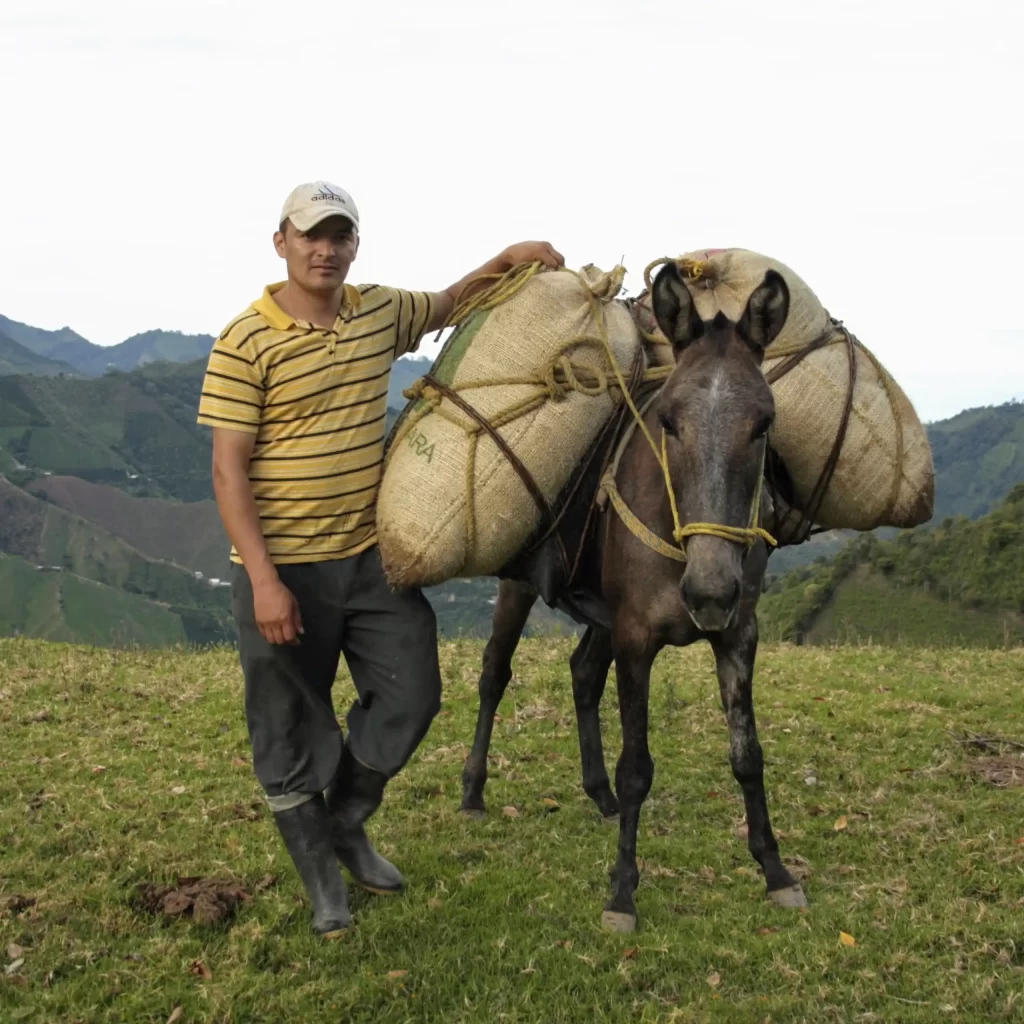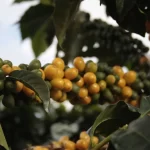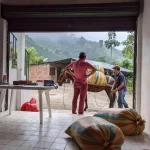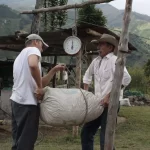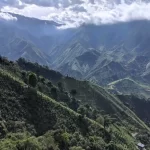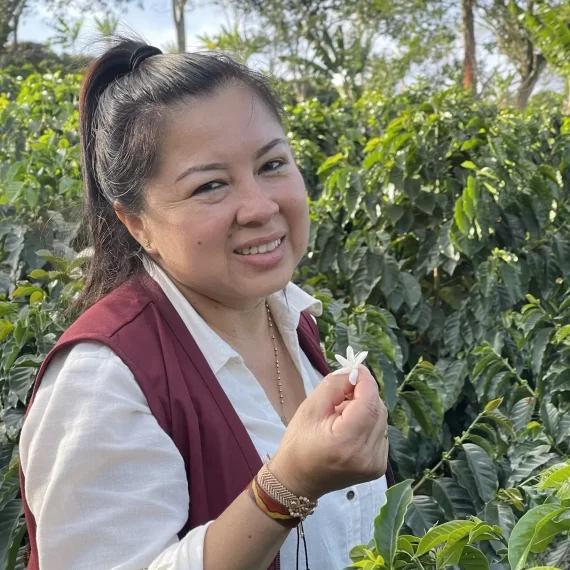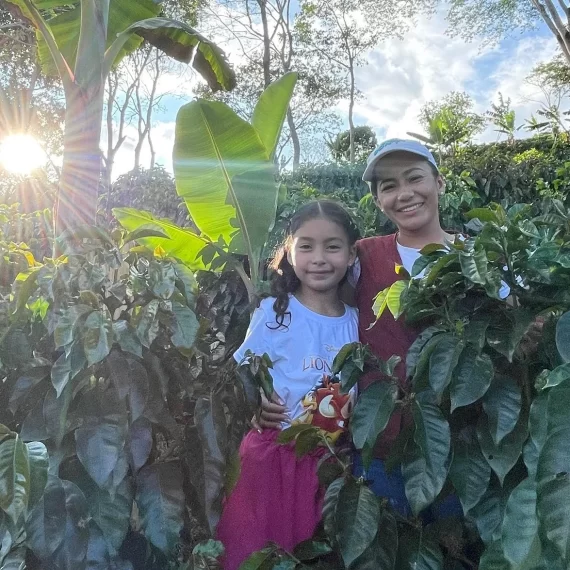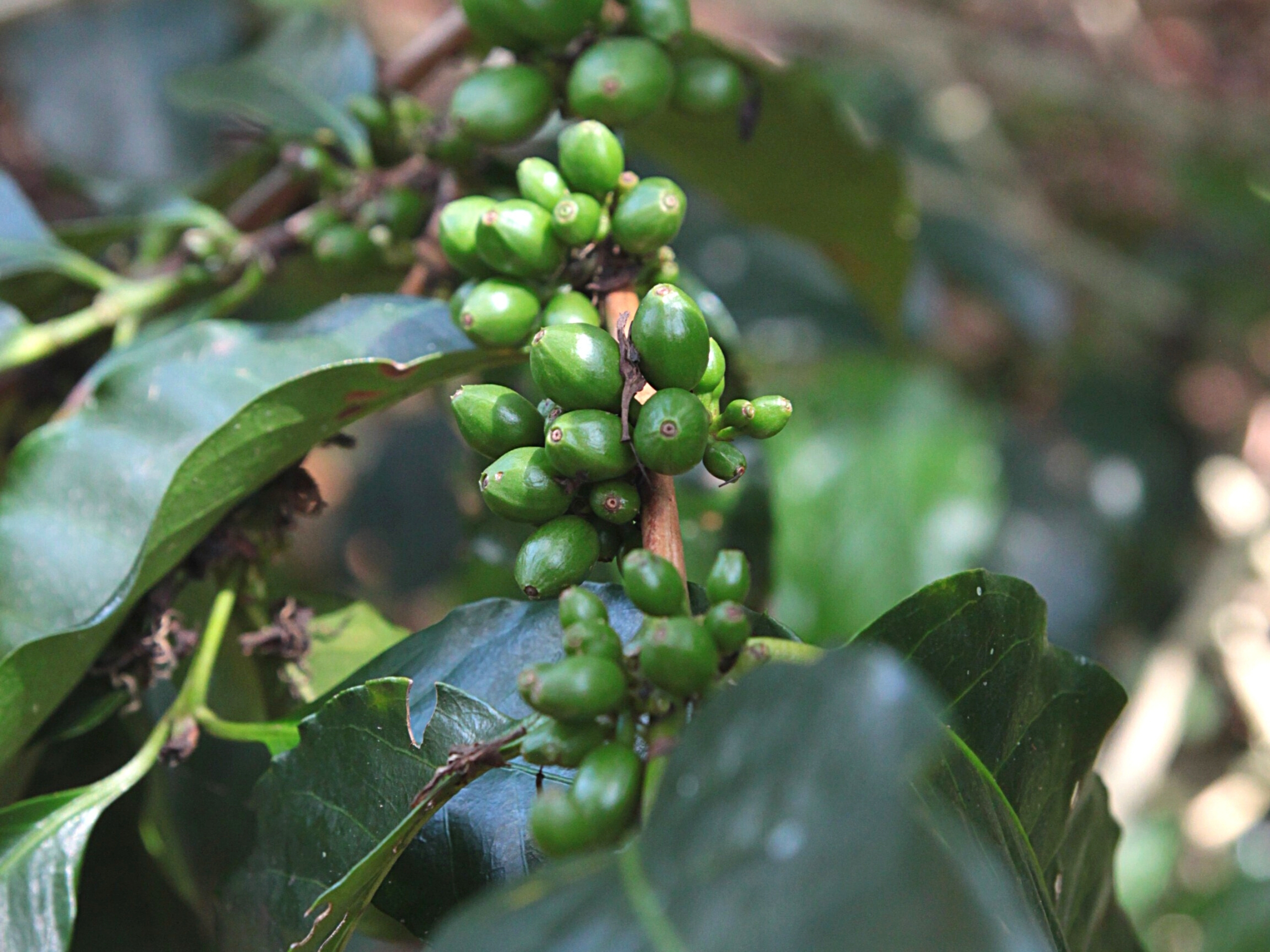
Benedicto Puentes
Benedicto Puentes is a farmer from the Tolima region and many of you need no introduction. Perhaps you were lucky enough to meet him in person in the fall of 2021, when he visited us in the Czech Republic together with his wife Helena Oliviero.
Benedicto is extremely active and always comes up with new projects. He plunged headlong into the world of specialty, improving the processes on his parents‘ farm Palma Roja and gradually buying more land and starting his own plantations. Together with Helena, they also help local farmers get paid well for their coffee, assessing and advising on farm processes for next to nothing. It all started when he could no longer watch his neighbors have poor bargaining power simply because of a lack of information
„Why am I doing this? I would like the whole region to benefit from this and our coffee to start to be recognized as well as the coffee from Huila, for example.“
about the farm
The Palma Roja farm belongs to the Puentes Gonzáles family. It is relatively new, founded in 1995 by Benedicto Puentes Vásquez and Marghod González. It is their youngest son, Benedicto Júnior, who is our acquaintance and friend, and thanks to him and his Italian wife Helena, we started buying coffee from Tolima. The coffee trees on the Palma Roja farm are around 7 years old and grow mostly without shading. In this area, there is so much cloud cover during the year that additional shade would be harmful and would not allow the plants to develop. (Shading is used in areas where the light intensity during the year is above the average need of coffee plants.)
For the past few years, Benedicto and Helena have been working together to take local coffee production a step further. Benedicto processes his coffees very carefully. Sometimes he also buys ripe cherries from farmers in the area and shows people that quality, and therefore price, can be increased by good and precise handling.
This is a repetition of what we experience on other farms, for example in Rondón, Boyacá. If someone local is the change agent, this is the most direct way to achieve results. Especially if it’s someone people like and respect, like Benedicto.
About the coffee
Benedicto processes its coffees mainly using the washed method. But every year he works on longer and longer fermentations and looks for the ideal way to add juiciness to his coffees. Although the farm is located in a remote rural area with poor access to roads and services such as internet and mobile networks, Benedicto processes each lot according to strict standards. He controls the fermentation processes, their length and the temperature at which they take place, and to achieve the best stability of the grain, he uses gradual and long drying, keeping the temperature around 36 degrees. And the results it achieves are getting better every year.
Lot processed with extended fermentation – semi-washed process.
Before fermentation in barrels, a floating process is carried out. This is followed by 50 hours of fermentation in the cherry and then 20 hours in a fermentation tank. Drying takes 15 days in a polycarbonate dryer or on african beds.
The entire lot was processed manually, from harvesting to coffee in parchment.
Lot processed using the classic traditional washed method.
Before fermentation in barrels, a floating process is carried out. This is followed by 20 hours of fermentation in the mucilage. After fermentation, the cherries are washed and dried in a polycarbonate dryer or on african beds.
Lot processed using the classic traditional washed method.
Before fermentation in barrels, a floating process is carried out. This is followed by 30 hours of fermentation in the cherries, depulping, and 20 hours of fermentation in the mucilage. Afterward, the coffee is washed and dried for 15 days in a polycarbonate dryer or on african beds.


